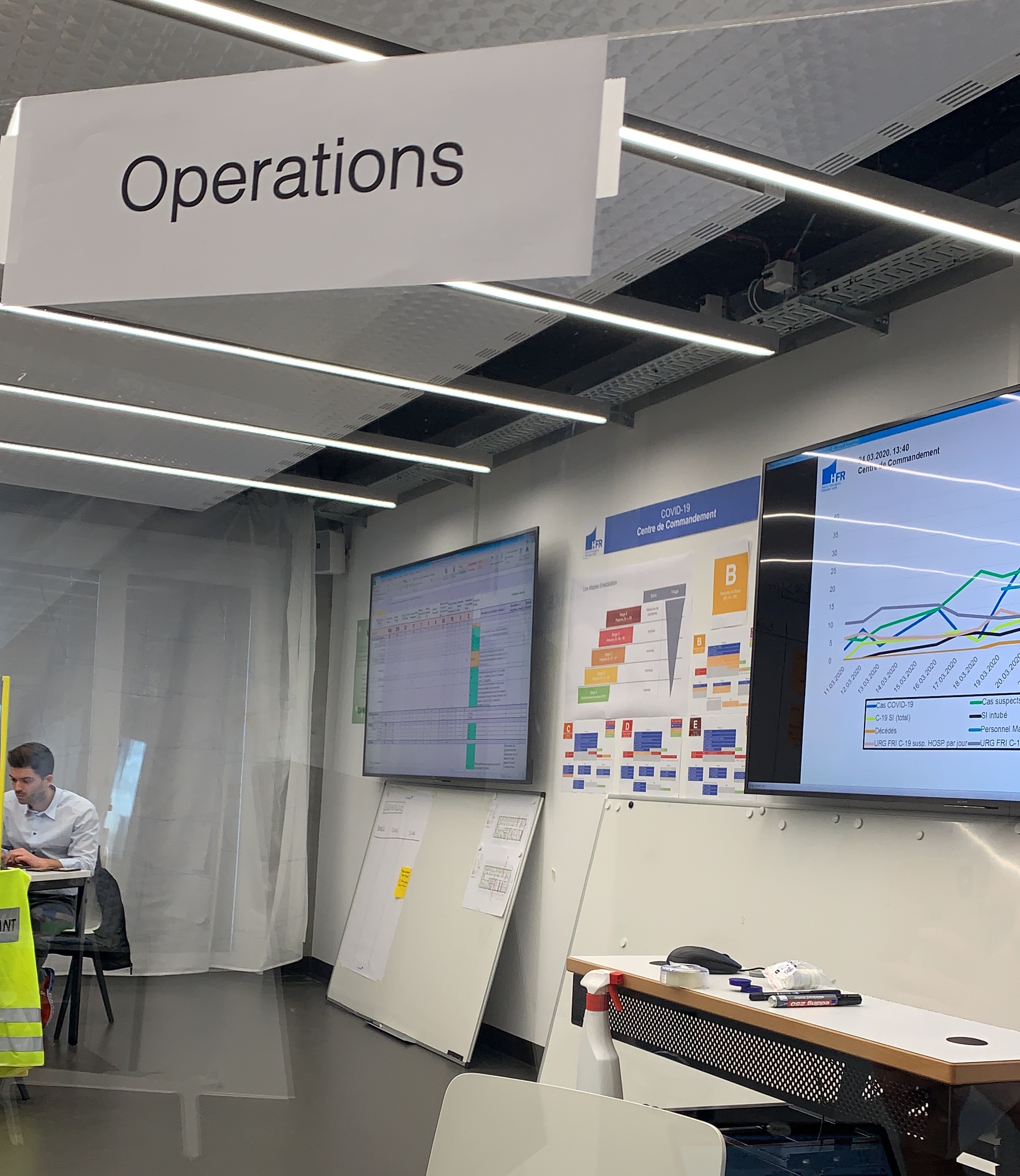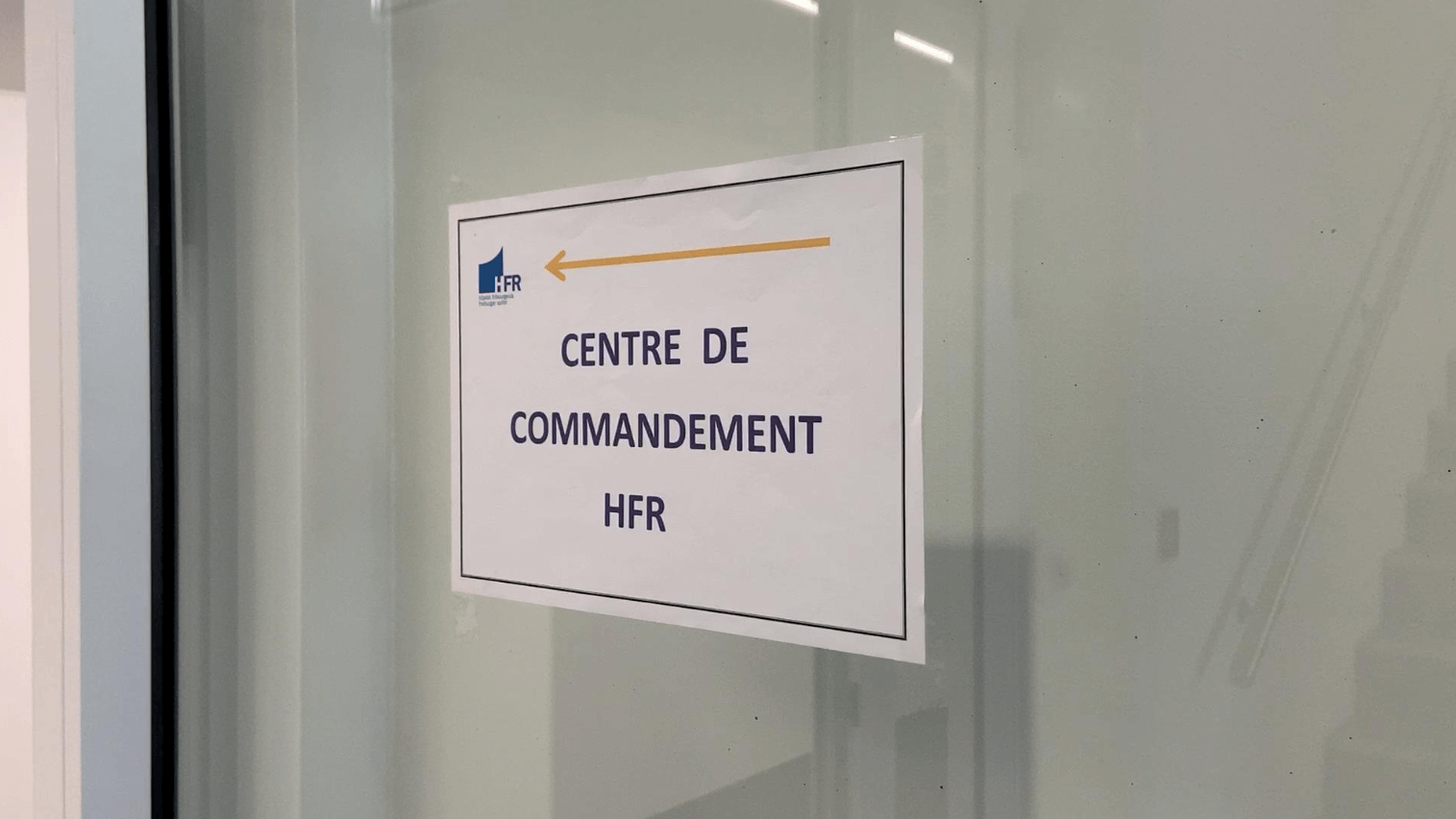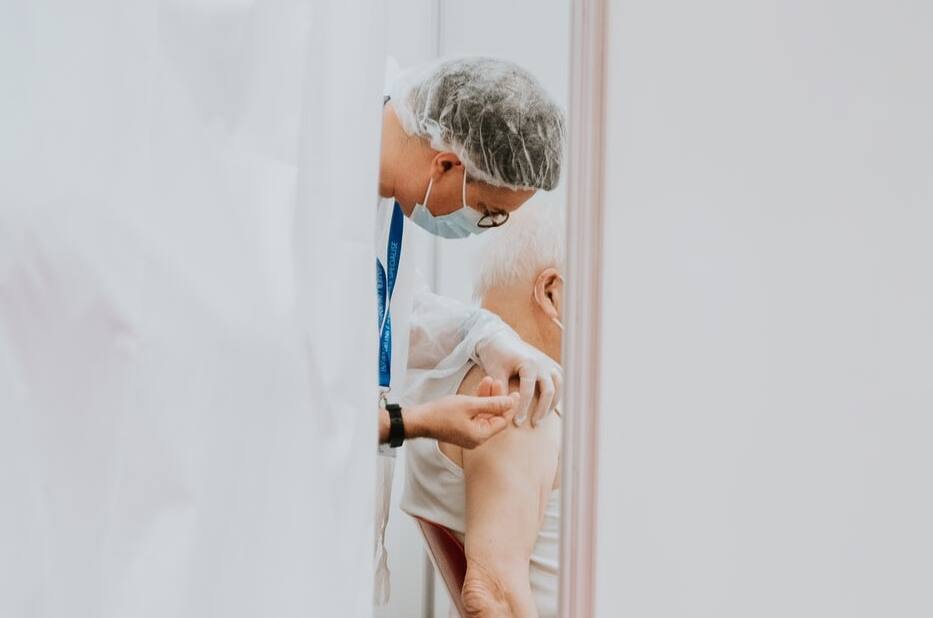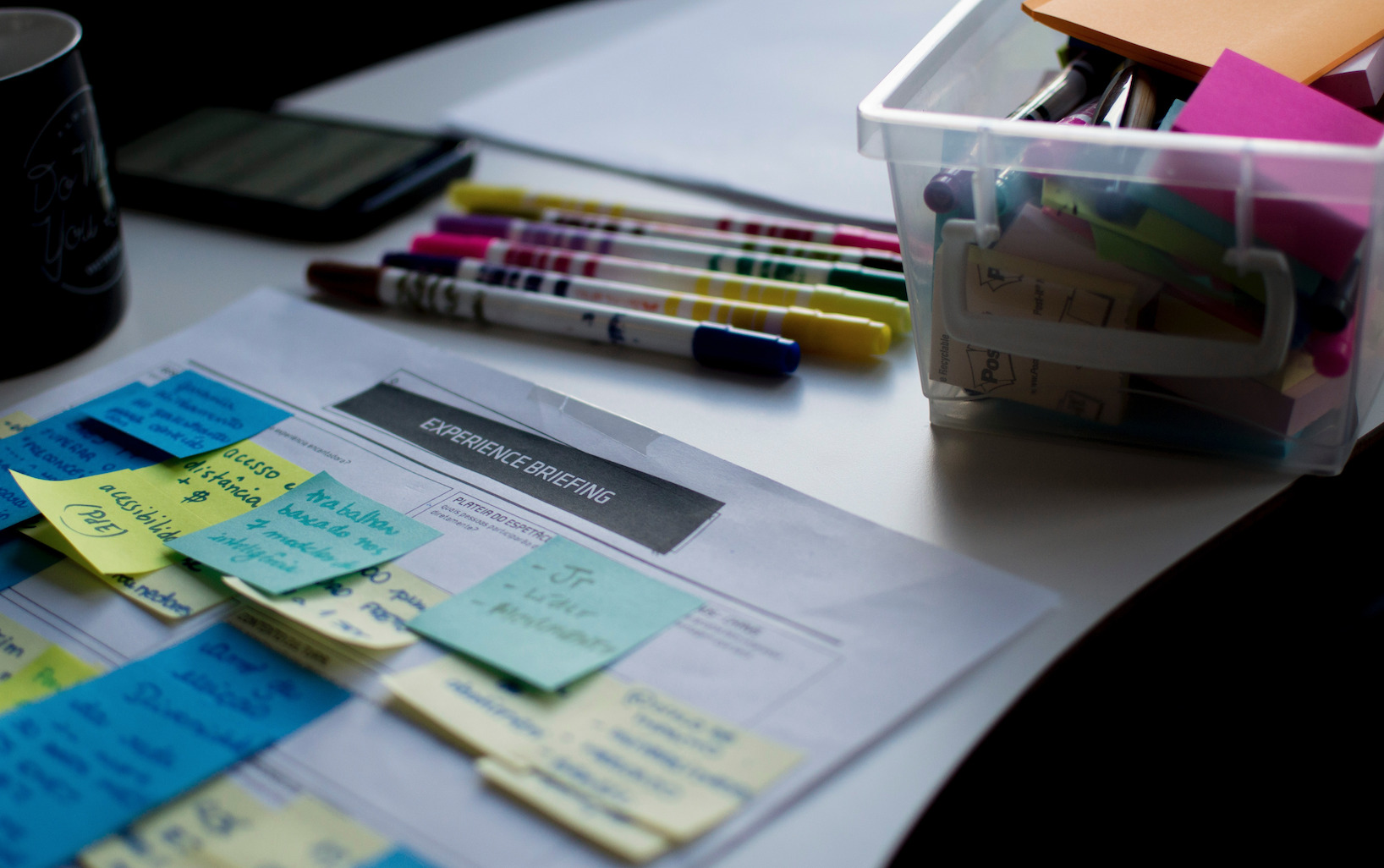Covid-19 vaccination in Zurich - an experience report The medical certificate, on which the "chronic…

Starting a Job in Times of Crisis, Part 3
Teil 3: Crisis Management in Hospitals
An experience report written by Carla Walker Junior Consultant at walkerproject.
After the first two weeks in the new company, we were in the middle of the Corona crisis. The pictures from neighbouring northern Italy were disturbing. On March 11, 2020, the WHO declared the COVID 19 outbreak a pandemic. Swiss hospitals were preparing for the oncoming Corona pandemic and preparing for a wave of COVID-19 patients. The team of walkerproject wanted to use their skills and knowledge productively in this crisis.
A unique opportunity arose: walkerproject received the order to build up a “COVID-19 Command Center” together with the Hôpital Fribourgeois (HFR) in order to better cope with the crisis. And I was right in the middle of it.
Quick Start
From then on everything went very fast. On Friday the project was presented and the team was put together. On Monday afternoon, March 16, we were on site in Fribourg with a team. It was my first project at walkerproject and nobody knew what to expect. On the same day, that Monday, the Federal Council classified the situation in Switzerland as an “extraordinary situation” according to the Epidemics Act. As of midnight the national lockdown was in effect. Only a few days ago, I wouldn’t have believed this. A feeling of urgency and uncertainty was felt by all of us and I was particularly nervous.
Arriving in Fribourg, we met highly motivated and dedicated personnel. Despite a certain nervousness, incredible energy could be felt. Everyone wanted to help and everything seemed possible. I remember a colleague saying to me: “That’s not always the case in projects. We set up in a room at the Hospital in Fribourg. The goal was to set up an operational planning and control unit in the next few days and weeks. The core of the solution was the “COVID-19 Command Center”, where the right people should receive the right information at the right time to make the right decisions. There were several elements that made up the Command Center. The physical location itself, a communication system, a problem solving processes, a cockpit with the most important data and other elements were to be developed in record time in mixed teams.

Working in fast learning loops
By the end of the first week we had our first prototypes ready. We quickly developed solutions and obtained immediate feedback from employees. The solutions could be tested so quickly and we didn’t waste time tinkering with one version for a long time. On the second day, the crisis team already had a template for structured, short exchanges. These were chaotic at first, but on the third day they worked better and after a week the exchanges were digitally supported and thus more focused, more problem-solving oriented and shorter. Another prototype was the COVID-19 cockpit. After a few days, we projected the most important key figures on the wall through a simple PowerPoint presentation, such as the number of COVID-19 patients in the hospital or how many masks were available. In the beginning, we still collected all data manually from various sources, while IT worked on automatically collating these figures. Nevertheless, the numbers on the screens already had a great impact and helped with important decisions. The crisis required quick reactions to emerging problems and the crisis management team was now better able to react due to the different elements.
Learning in a team, virtually and on site
Our colleagues in the home office support us every day. This made us even faster. There was always someone “on duty” who coordinated the tasks from Fribourg in the home office team. We sent videos and reports about what we experienced to create a mutual understanding.
On site, we improved daily in our adherence to the hygiene measures. This was also evident during dinner. On the first evening we all sat together at one table as usual. We quickly learned to implement the distance rule. Finally, we all sat at separate tables at the hotel restaurant. In addition, we received a pass that would allow us to go to the hospital in Fribourg in case of a curfew. I can still remember how we drove from Fribourg to Zurich and the streets were empty. Fortunately we never had to show the pass.
With a staged plan into the crisis and out again
A staged plan was developed together with the cadre physicians and the management of the hospital. This showed in which stages one could meet the increasing demand for ventilation places. This plan was developed on the basis of the forecasts of the cantonal crisis management team. With the transition to the next stage, a bundle of measures was implemented to increase the capacity for the care of COVID-19 patients. The plan was visually displayed and prominently placed in the COVID-19 Command Center. After the number of hospitalizations of COVID-19 patients increased strongly at first, it decreased again from the beginning of April on, also throughout Switzerland. The SARS-CoV-2 infections were slowed down by national measures. The COVID-19 Command Center was thus gradually shut down. Some developments will continue after the crisis.
Looking back, a lot was achieved in a short time. To have been part of this team fills me with pride. With rich experience, the Fribourg hospitals are heading towards the future. walkerproject is also on this path. After almost two months at the home office and an extraordinary situation in the company, we started our path to a new normality at the beginning of May.
In the last part of the series “Starting a Job in Times of Crisis” Meriel Meiling, Nina Breitenstein and Carla Walker summarize why they had a successful start despite the crisis and what they have learned from it.



